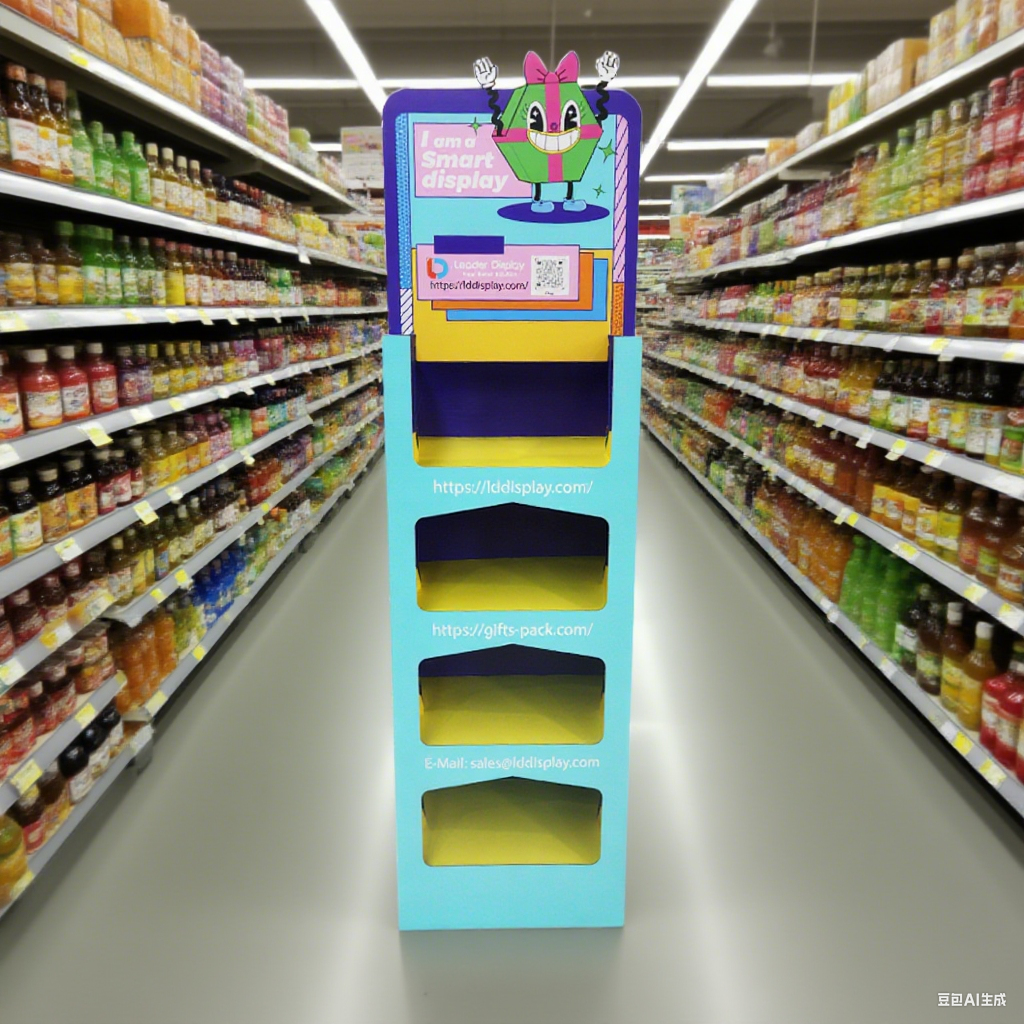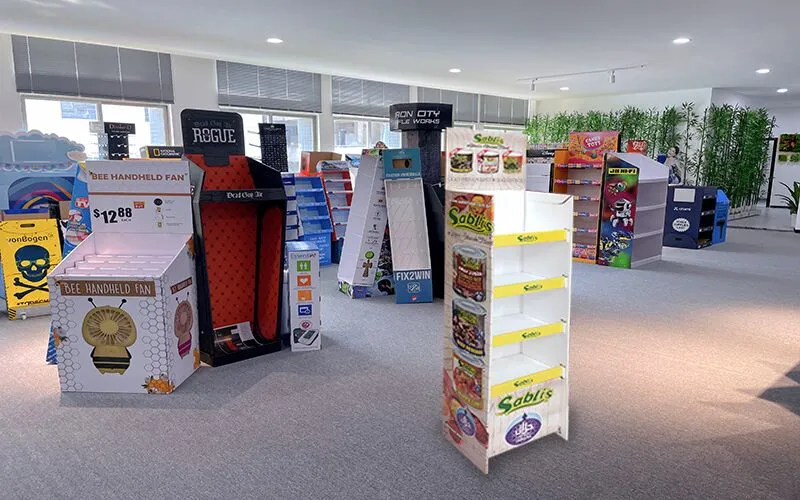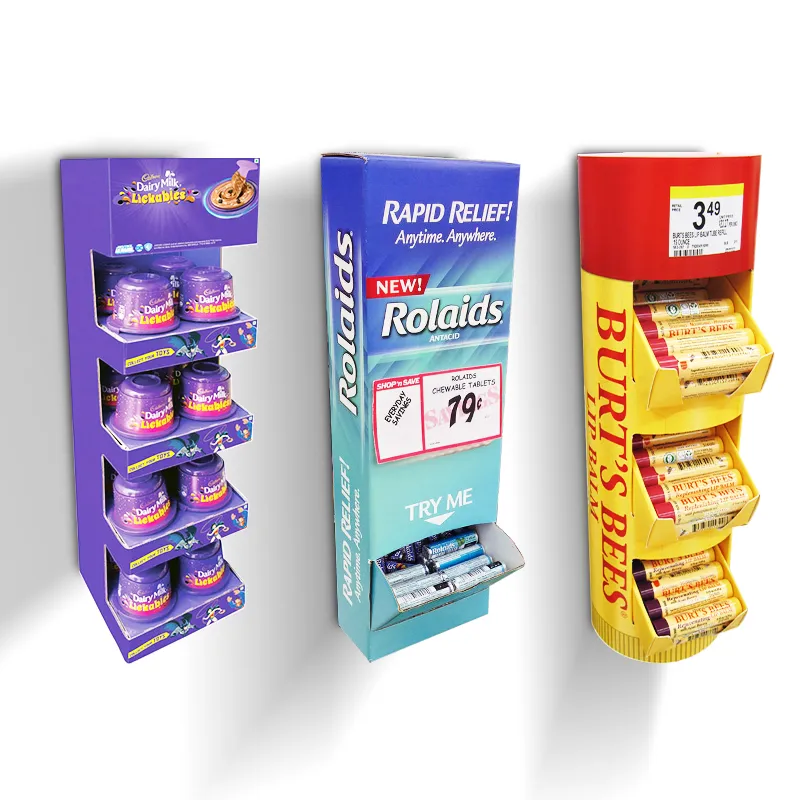Struggling to get your products noticed in busy retail aisles? Big brands seem to capture attention effortlessly. Their secret might be simpler and more affordable than you think.
Big brands use cardboard displays to create a "store-within-a-store" experience. They use eye-catching graphics, strategic placement, and unique shapes to interrupt shoppers' patterns, tell a story, and drive impulse purchases right at the point of sale, making their products impossible to miss.
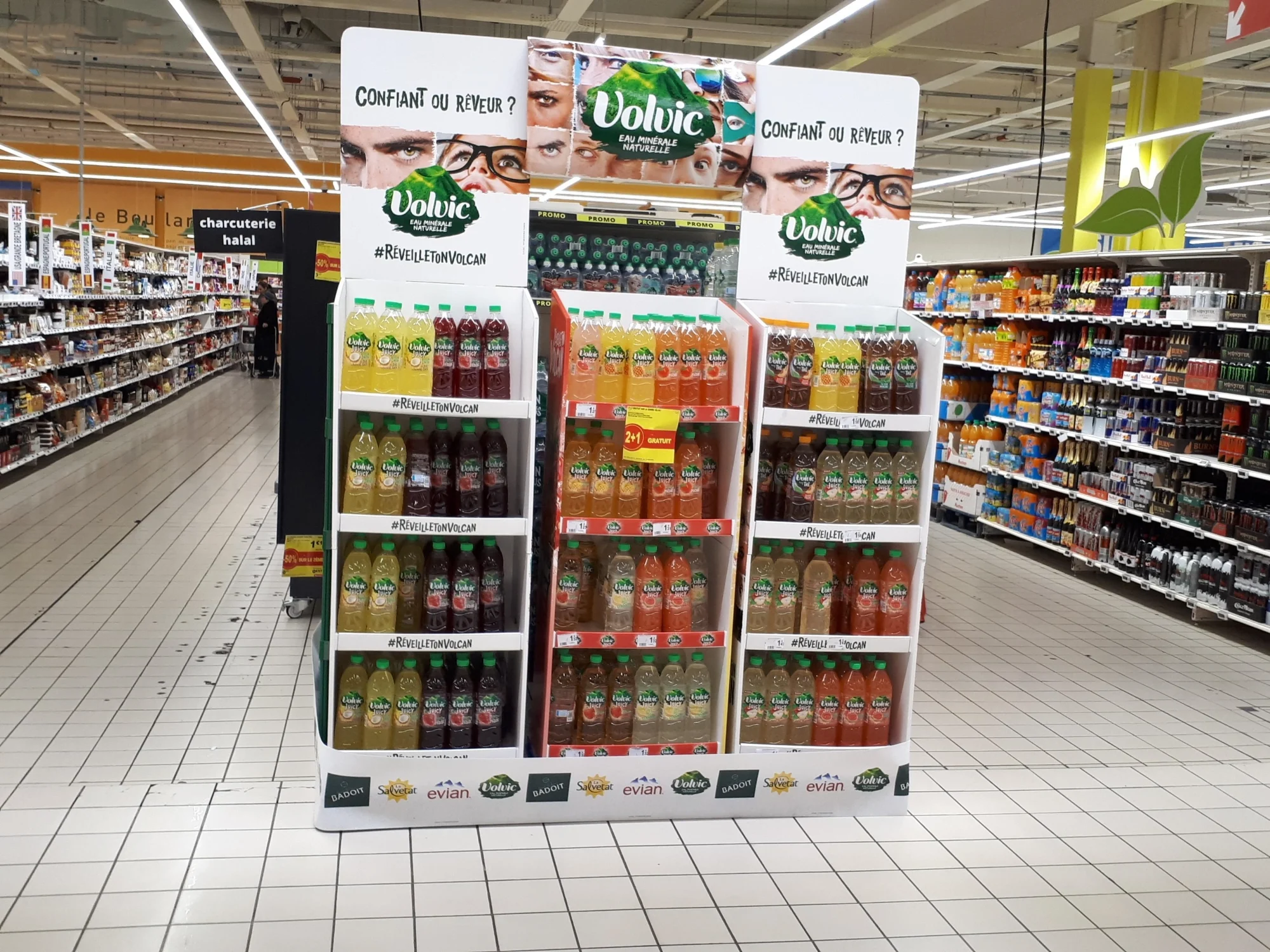
I've seen this happen time and again over my 16 years in this business. A display is not just about holding products; it’s about creating an experience for the customer. Let's look closer at how they achieve this.
How do cardboard displays create a powerful brand experience?
Is your product blending in with the competition on the shelf? You need a way to stand out. A well-designed display can turn a simple product into a memorable experience.
Cardboard displays create a brand experience by using custom shapes, colors, and graphics that reinforce the brand's identity. They act as silent storytellers, communicating value and personality, which helps customers feel a deeper connection beyond just the product itself.
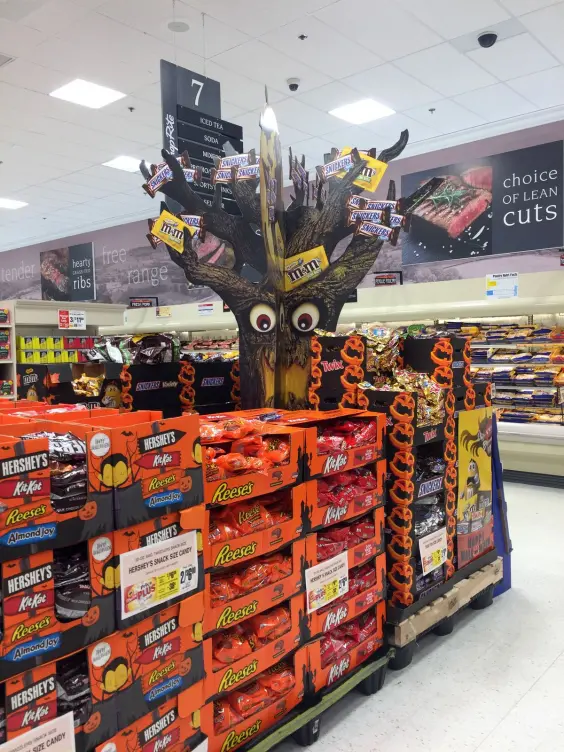
This is where my work gets really exciting. A big brand doesn't just send me a logo. They tell me about their campaign's feeling. Is it about summer fun? Is it about natural ingredients? We translate that feeling into a physical structure. I remember working on a display for a new organic snack brand. They wanted to convey "fresh" and "natural." We didn't just use green colors. We designed a floor display shaped like a barn with a textured, wood-grain finish. It immediately stood out from the metal shelves and told a story before the customer even read the package.
Key Elements of a Brand Experience Display
Here's how we break it down:
- Shape and Structure: The silhouette of a display is the first thing people notice. A unique shape that ties into the product, like a rocket for a kids' cereal or a leaf for an herbal tea, is very powerful.
- Color and Graphics: Colors create emotion. We use the brand's exact color palette to build recognition. High-quality printing ensures every image and message is sharp and clear, reflecting the product's quality.
Here’s a simple table of how these elements work together:
| Element | Purpose | Big Brand Example |
|---|---|---|
| Unique Shape | Grabs attention from afar | A lipstick display shaped like a giant lipstick tube. |
| Consistent Colors | Builds brand recognition | The iconic red and white for a Coca-Cola display. |
| Bold Messaging | Communicates a key benefit | A simple headline like "New!" or "50% More". |
| High-Quality Print | Signals product quality | A skincare display with a flawless photo of a model. |
What makes a cardboard display successful in driving sales?
Your display looks amazing, but is it actually selling products? An effective display does more than just look good. It must convince a customer to stop, look, and buy.
A successful display drives sales through strategic placement, a clear call-to-action (CTA), and an easy shopping experience. It's placed in high-traffic areas, clearly tells the customer what to do next, and makes the product simple to grab.
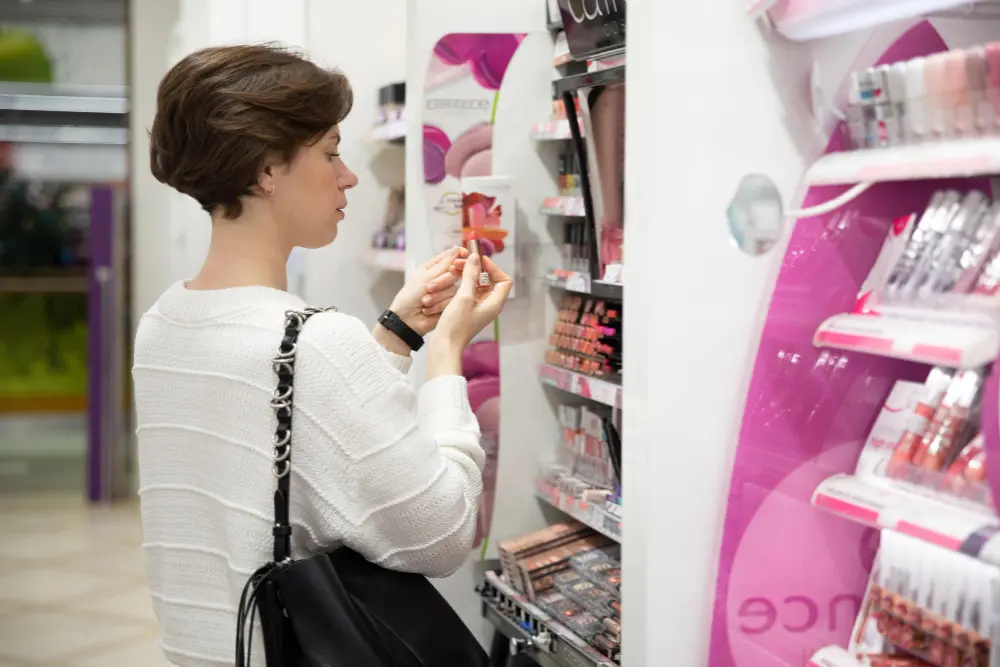
I have learned that the best designs are often the simplest for the shopper. Success is not just about creativity; it’s about understanding shopper psychology. Brands put huge effort into deciding where a display goes. The end of an aisle, called an end-cap, is premium space because everyone sees it. We also design displays for checkout counters to encourage last-minute impulse buys. This is no accident. We design the display's height so the key product is at eye level. We make sure the product is easy to take without the display falling apart.
The Anatomy of a High-Converting Display
A display must guide the customer on a journey, even if it's just for a few seconds.
- Placement Strategy: Where the display lives in the store is critical. It must be in a location with high foot traffic to maximize visibility and interrupt a shopper's normal path.
- The Call-to-Action (CTA): The display must tell the shopper what to do. Simple phrases like "Try Our New Flavor" or "Limited Time Offer" create a sense of urgency and guide their next action.
Here is a breakdown of what makes a display convert:
| Component | Function | Why it Works |
|---|---|---|
| Location | Visibility and Interruption | Placed at end-caps or near checkouts to catch shoppers. |
| Eye-Level Placement | Product Focus | The main product is placed where it's naturally seen. |
| Clear Offer | Creates Urgency | A discount or special offer encourages an immediate decision. |
| Easy Access | Reduces Friction | Shoppers can easily pick up the product without any hassle. |
Why is ROI a key factor for choosing cardboard displays?
Brands are always watching their budgets. A beautiful display is worthless if it costs more than the sales it generates. So, why do they keep choosing cardboard?
Cardboard displays offer a high return on investment (ROI) because they are cost-effective to produce, lightweight to ship, and quick to set up in stores. Their temporary nature allows brands to launch targeted, seasonal campaigns without a large financial commitment.
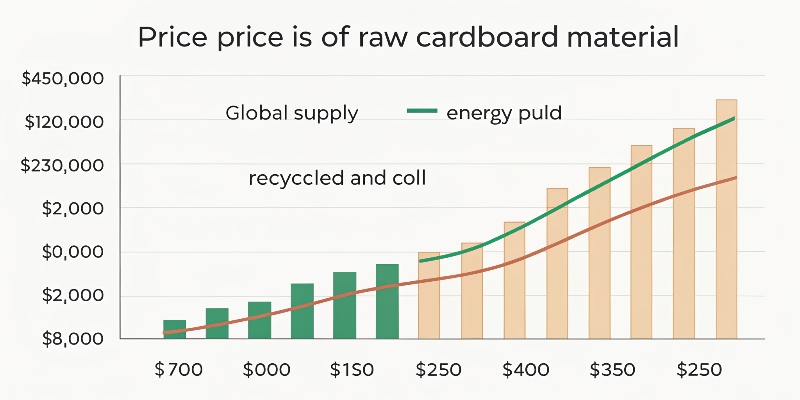
In my experience, this is the deciding factor for most of my clients. They compare the cost of a cardboard display campaign to other advertising channels like social media ads or television commercials. A company can place custom displays in hundreds of stores for a fraction of the cost of a major media campaign. We measure success directly. A brand will track sales data from stores with the displays and compare it to stores without them. The lift in sales is often immediate and easy to see. This makes it a smart and measurable investment.
Breaking Down the ROI
The value of cardboard displays goes beyond just the initial cost.
- Production and Shipping Costs: Corrugated cardboard is an affordable material. Since displays are shipped flat and are lightweight, transportation costs are much lower than for permanent fixtures made of wood or metal.
- Sales Lift and Measurement: Brands can easily measure the direct impact on sales. By running a display in a test market, they can calculate the exact sales increase and decide if a nationwide rollout is worth it. This data-driven approach minimizes risk.
Let's look at the financial benefits:
| Feature | Cost-Saving Aspect | Impact on ROI |
|---|---|---|
| Material Cost | Cardboard is inexpensive. | Lowers the initial investment needed for a campaign. |
| Lightweight | Reduces shipping fees. | Decreases distribution costs, especially for large campaigns. |
| Flat-Packed | Saves space in transit and storage. | More displays can be shipped per truck, further cutting costs. |
| Easy Assembly | No need for special tools or teams. | Stores can set them up quickly, getting products on the floor faster. |
Conclusion
Big brands use cardboard displays to create powerful, in-store marketing moments. They combine smart design, strategic placement, and cost-effective materials to boost both brand image and sales effectively.




